Waist training has become a buzzword in the world of fitness and fashion. From celebrities showing off hourglass silhouettes to influencers documenting their transformation journeys, waist trainers are making a major comeback. But what exactly is waist training, and more importantly, how do you waist train safely and effectively?
In this blog post, we'll walk you through everything you need to know about waist training: what it is, how to start, tips for success, and how to integrate it into a healthy lifestyle. Let's dive in.
What Is a Waist Trainer?
A waist trainer is a shaping garment designed to cinch your midsection and gradually train your waist into a more defined, hourglass figure. They are typically made from latex or neoprene with steel boning to provide structure and compression.
There are several types of waist trainers:
- Latex waist trainers: Offer high compression and are great for workouts.
- Corset-style trainers: Often include steel boning and laces for tight adjustment.
- Waist trimmer belts: Commonly used during workouts to increase sweat around the abdominal area.
Waist trainers differ from traditional corsets, which are more rigid and focused on immediate shaping. Waist trainers are designed for daily use and gradual results when worn consistently and combined with healthy habits.
What Waist Training Is Not
Before we continue, it's important to understand that waist training is not a magical weight-loss solution. It doesn't burn fat by itself. Instead, it acts as a tool to:
- Improve posture
- Enhance workout efficiency
- Encourage mindful eating (due to compression)
- Support a more sculpted waistline over time
To see long-lasting results, waist training should be paired with a balanced diet and regular physical activity.
How to Prepare for Waist Training
Choose the Right Waist Trainer
Fit and comfort are everything. Too tight, and you risk bruising or difficulty breathing. Too loose, and you won't see results.
Consider the following when choosing:
- Material: Latex for compression; cotton-lined for comfort.
- Size: Use a tape measure around your natural waist (the narrowest part) and follow sizing charts carefully.
- Closure type: Hook-and-eye closures are standard; some models have zippers or Velcro.
- Activity: Daily wear vs workout use.
Set Realistic Goals
Understand your reason for waist training. Are you trying to:
- Improve your posture at work?
- Enhance curves for a night out?
- Support your core during workouts?
- Reduce your waistline over time?
Clarifying your goal will help you stay motivated and choose the right training strategy.
Know the Contraindications
Waist training is not suitable for everyone. If you're pregnant(see here), have respiratory or digestive conditions, or chronic back problems, consult a physician before beginning.
How to Waist Train Safely and Effectively
Phase 1: The Adjustment Period (Week 1–2)
Start slow. Your body needs time to get used to the pressure and structure of the trainer.
- Wear for 1–2 hours per day.
- Avoid high-intensity activity during the first few days.
- Focus on standing or sitting straight—your waist trainer will naturally support this.
Phase 2: Building Routine (Week 3–4)
Gradually increase wear time to 3–6 hours per day, depending on comfort.
- Start incorporating it into everyday activities—work, chores, errands.
- Listen to your body. Remove the trainer if you feel pain, numbness, or trouble breathing.
Phase 3: Training Maintenance (Beyond 1 Month)
Now you can wear your trainer for up to 6–8 hours daily, depending on your goal and comfort level.
- Begin combining it with light workouts or strength training.
- Use workout-specific waist trainers made with flexible, breathable materials.
Important: Do not sleep in your waist trainer. Your body needs time to rest and recover without compression.
Waist Training + Lifestyle = Best Results
To maximize the effectiveness of waist training, it must be paired with healthy habits.
Clean Eating
No need for extreme dieting, but focus on:
- Lean protein (chicken, tofu, fish)
- Fiber-rich foods (vegetables, whole grains)
- Hydration (2–3 liters of water per day)
- Avoiding bloating foods (soda, fast food, salty snacks)
The compression from the waist trainer can help you become more mindful of portion sizes, but you still need to nourish your body properly.
Core-Focused Workouts
Waist trainers are not a substitute for exercise. In fact, combining both can enhance your progress.
Try:
- Planks
- Russian twists
- Bicycle crunches
- Cardio exercises like walking, cycling, or HIIT
Tip: Use a workout waist trainer to increase sweat and support your back during physical activity.
Frequently Asked Questions (FAQ)
Q: Can waist training help me lose weight?
- Waist trainers do not directly burn fat. However, they can support your weight loss journey by helping you:
- Stay conscious of your posture
- Eat smaller portions
- Enhance workout effectiveness
Q: Is it safe to wear a waist trainer all day?
- It's safe to wear for 6–8 hours per day for most people, as long as it's comfortable and not overly tight. Always listen to your body.
Q: Can I sleep in my waist trainer?
- Sleeping in a waist trainer is not recommended, as it can restrict natural breathing patterns and reduce sleep quality.
Q: How soon will I see results?
- Visible results vary based on your body type, consistency, and lifestyle. Some users notice a more defined waistline in 2–4 weeks, while others may need several months.
Q: Are there side effects to waist training?
- If done improperly (e.g., using a trainer that's too tight or wearing it too long), you may experience:
- Bruising
- Shortness of breath
- Digestive discomfort
Final Thoughts: Make It Work For You
Waist training is a journey, not a quick fix. When combined with healthy habits, realistic goals, and a comfortable trainer, it can be a powerful tool to support your fitness and body confidence.
Ready to get started? Browse our collection of high-quality, breathable, and stylish waist trainers designed for beginners and pros alike.

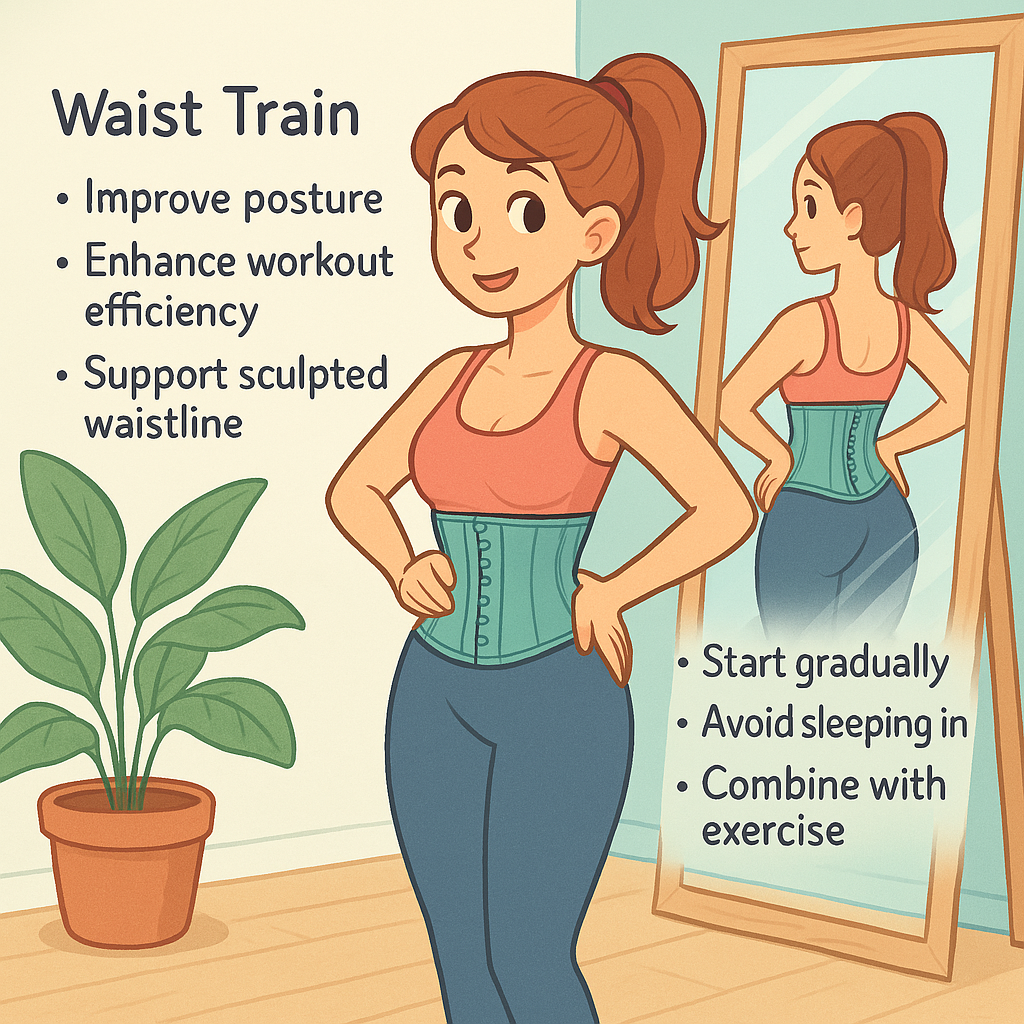
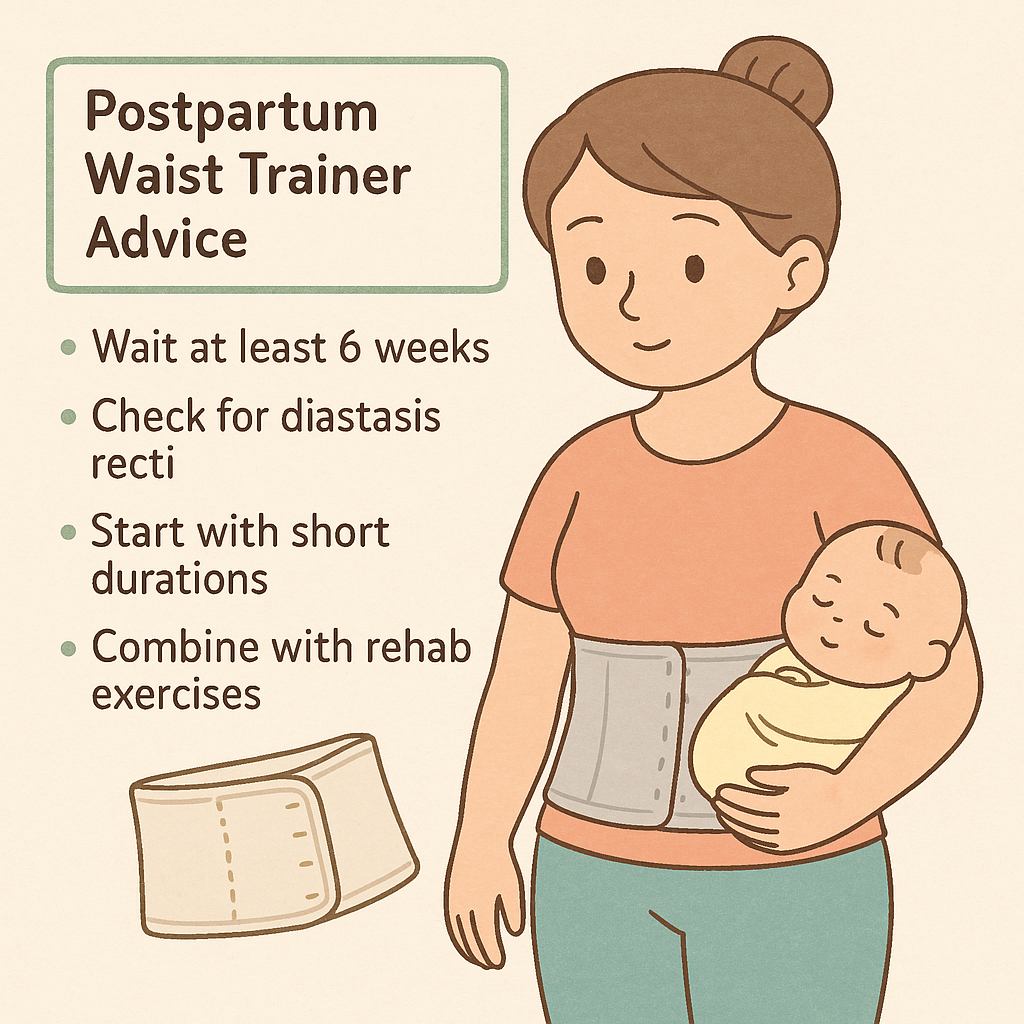
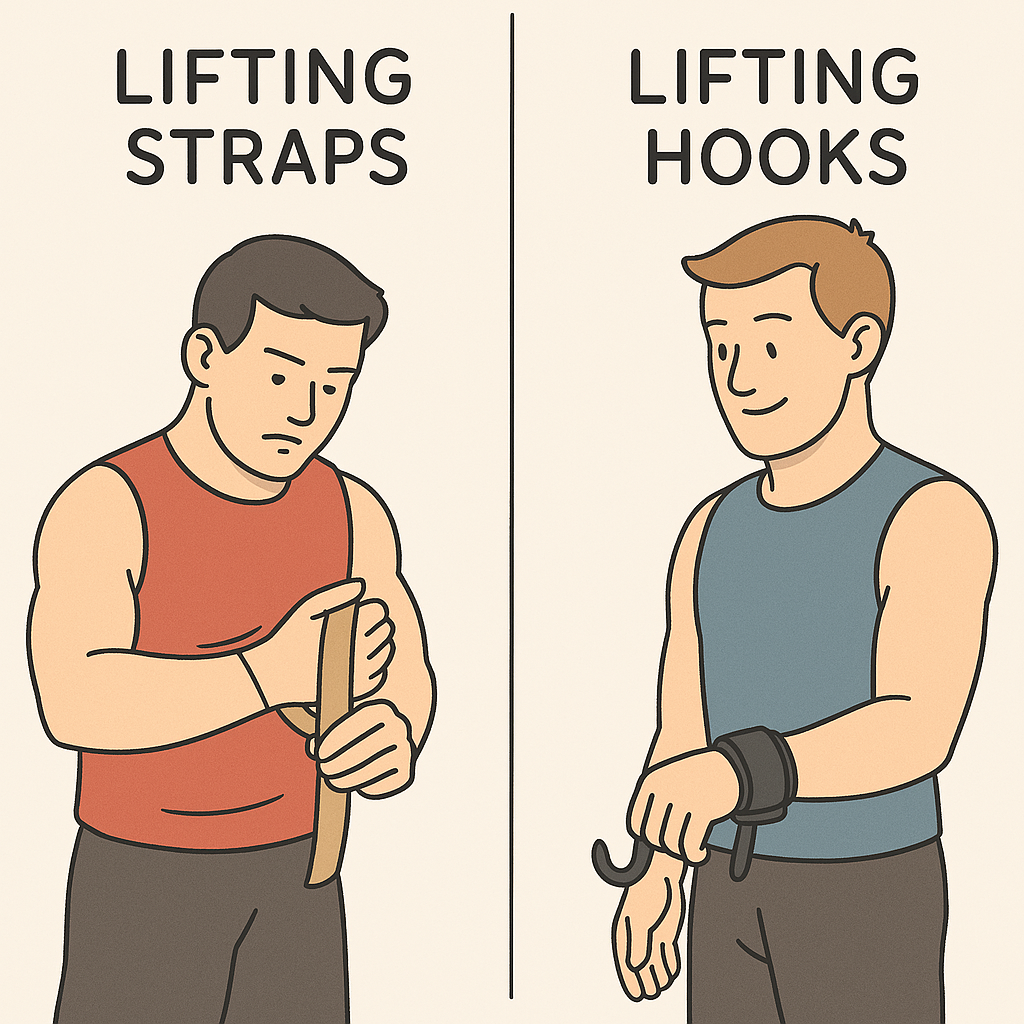
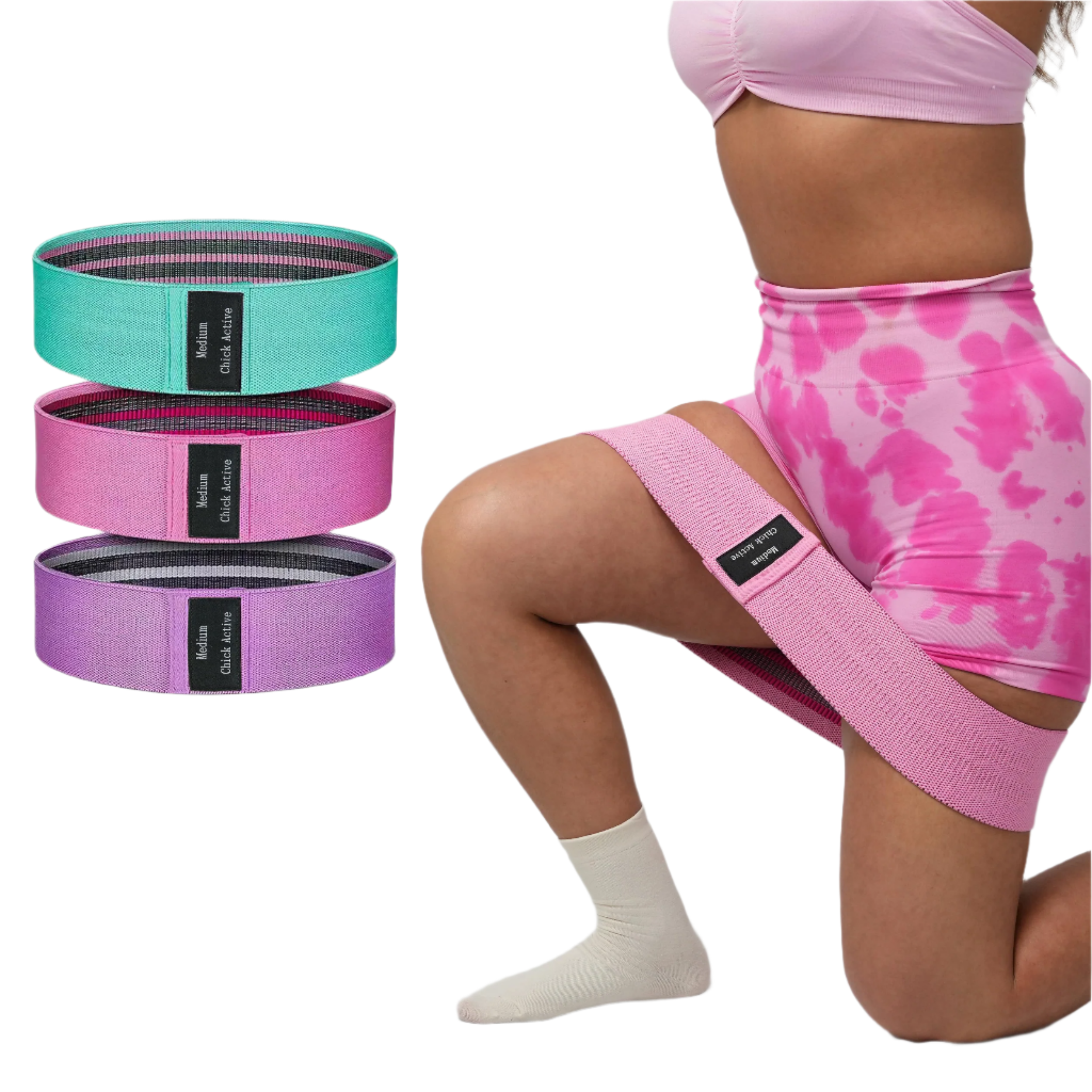
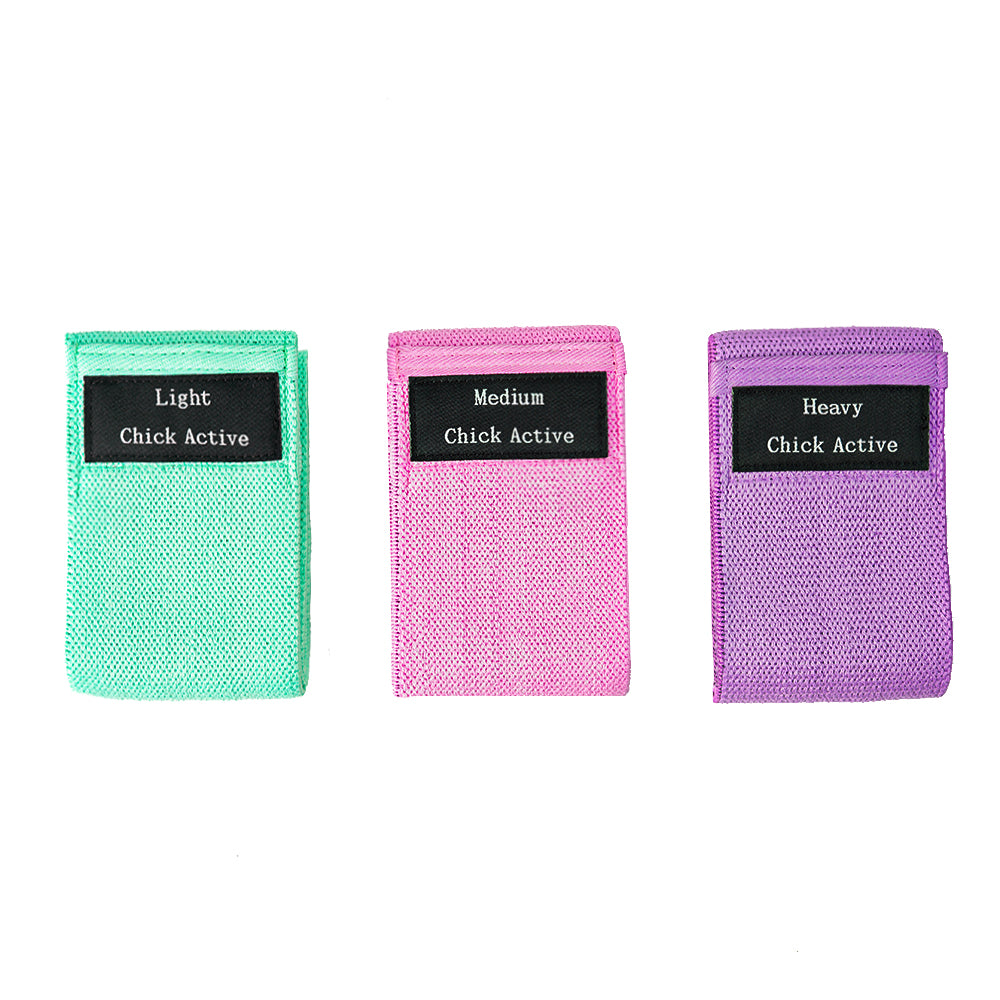
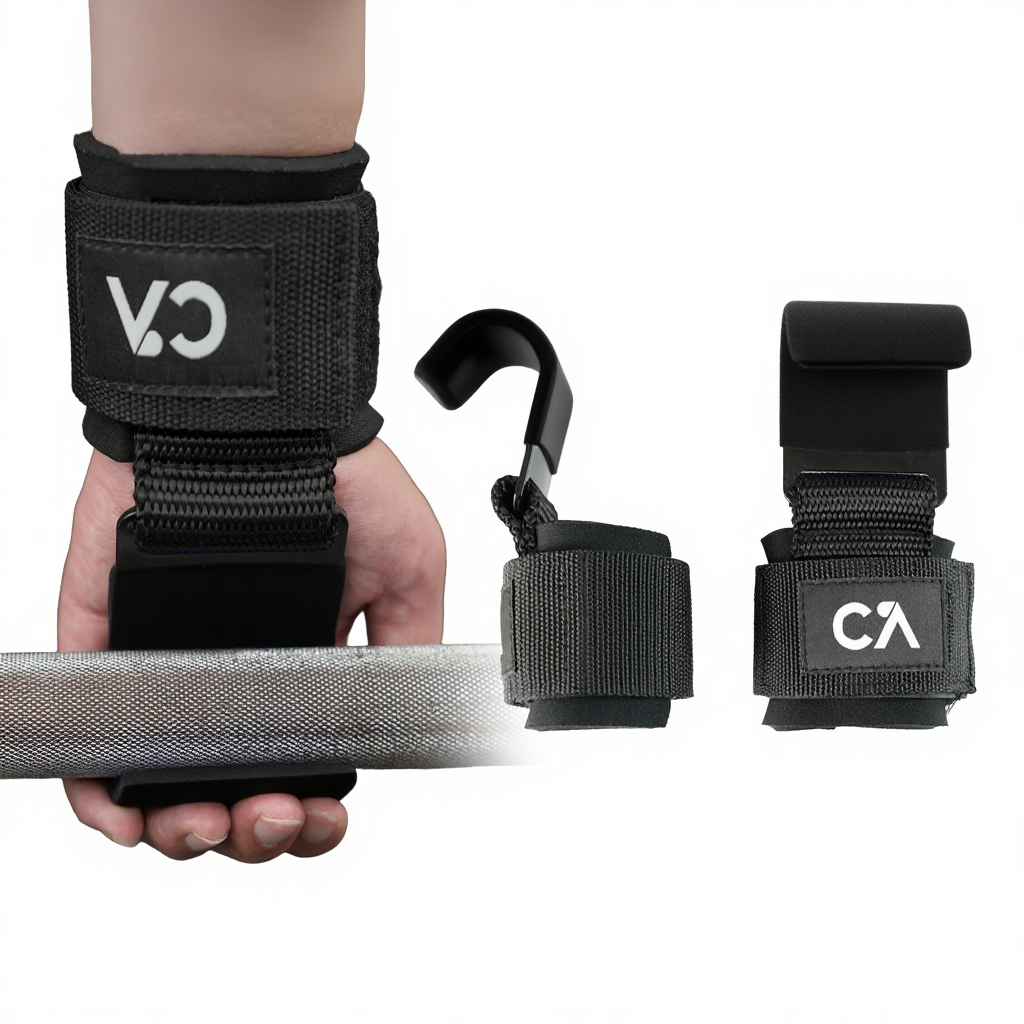
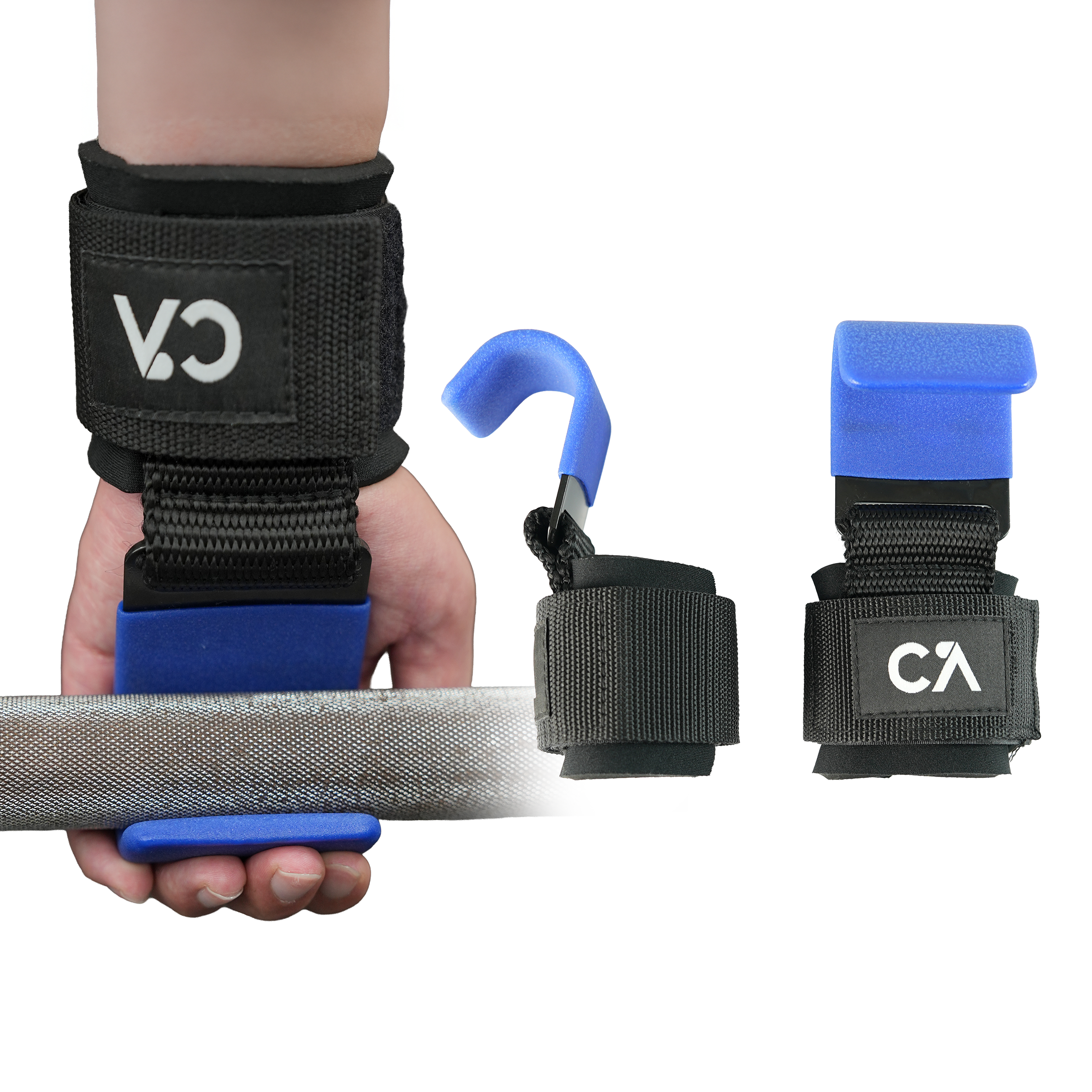
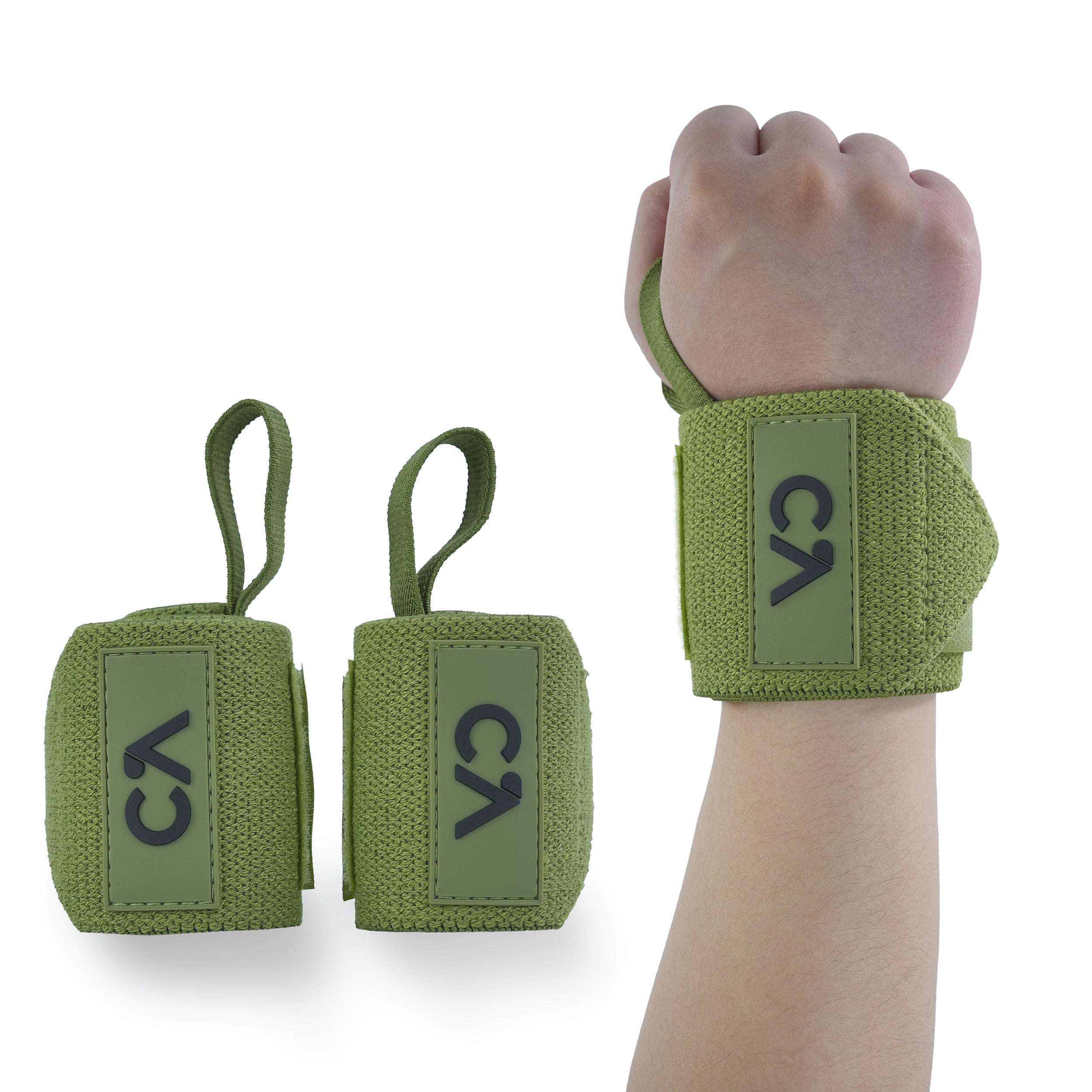
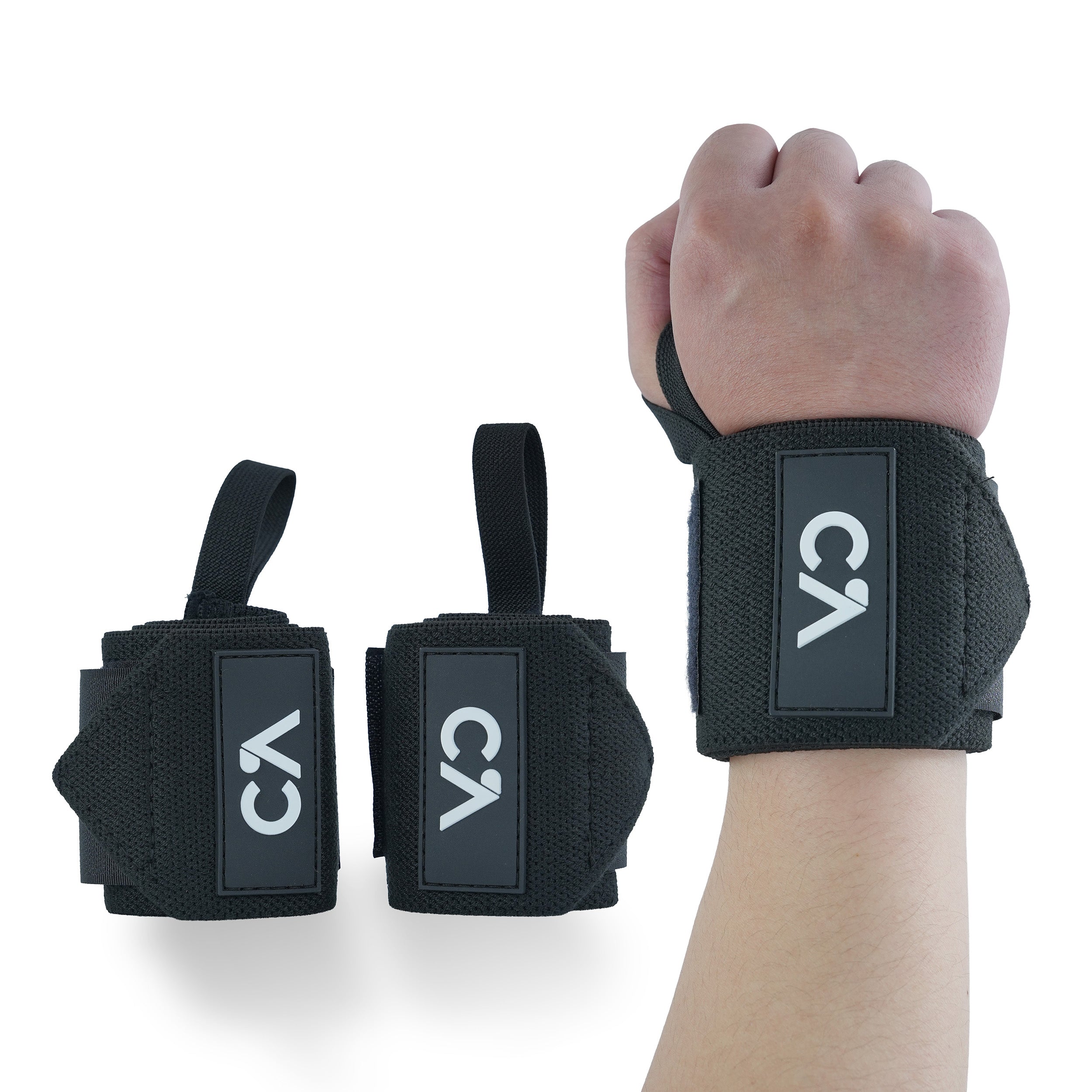
Leave a comment
All comments are moderated before being published.
This site is protected by hCaptcha and the hCaptcha Privacy Policy and Terms of Service apply.